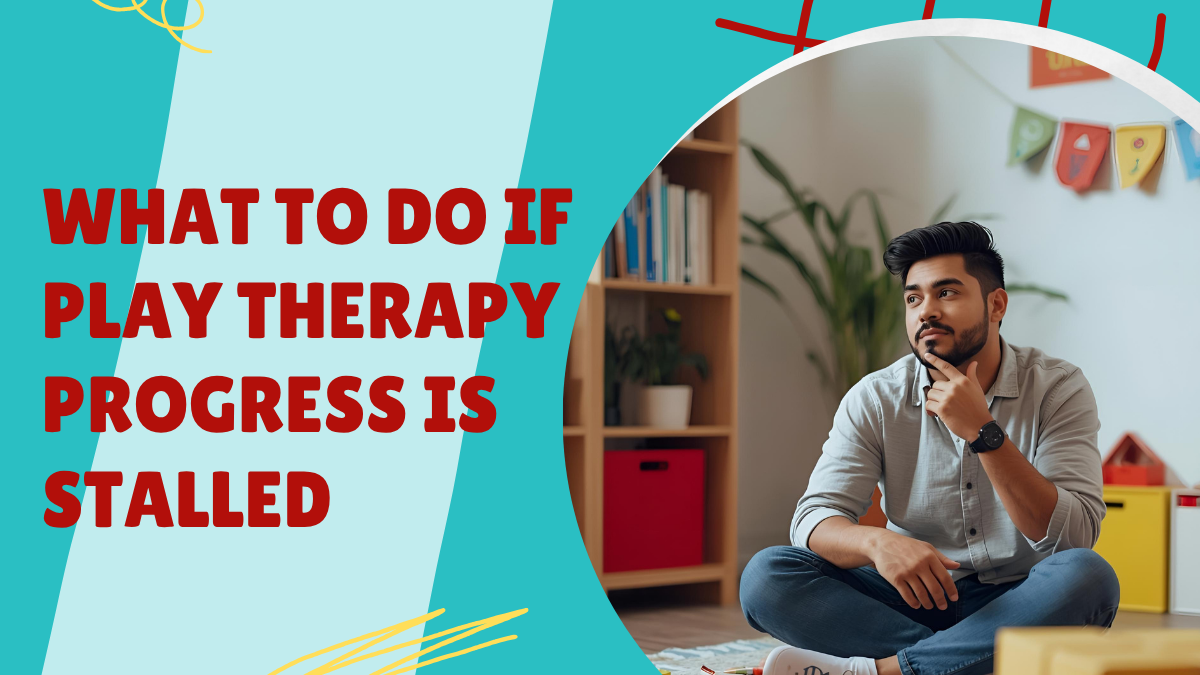What to Do If Play Therapy Progress is Stalled

You’ve been showing up. You’ve recommended strategies. Parents say they’re following through. But the child’s behaviors? Still escalating. Still stuck.
As a play therapist, there’s almost nothing more disheartening than feeling like you’re doing everything right—but progress is barely moving, if at all. You start to question yourself. The pressure builds. And you find yourself wondering: What’s missing?
This week, we dive into what to do when play therapy feels like it’s at a standstill—and why individual sessions alone might not be enough.
The Problem with Secondhand Information
When parents report back during check-ins, they’re offering insight through their lens—which is often shaped by stress, fear, or a limited understanding of what’s actually happening. While that feedback is important, it’s still secondhand information.
It’s like trying to solve a puzzle with a few key pieces missing. You might make educated guesses about what’s going wrong—but without seeing the interaction dynamics unfold, your clinical decision-making can be more reactive than responsive.
Why Family Play Therapy Makes a Difference
When you bring parents, siblings, or both into the session, you gain direct access to the real-time relationship patterns that fuel a child’s emotional and behavioral responses.
You stop guessing and start witnessing:
-
Missed cues between family members
-
Attachment disruptions and co-regulation breakdowns
-
Sibling dynamics that reveal hidden strengths or pain points
-
How trauma has shaped communication, trust, and repair attempts
You also get to model, practice, and strengthen those patterns in the room—right there with the people who matter most to the child.
And something powerful happens when caregivers get to experience new ways of connecting with their child: they begin to feel empowered. The work no longer feels abstract. It becomes embodied.
But Don’t Just Add People. Use a Framework.
Here’s where many therapists struggle: they try to “add” family members into what is essentially still an individual play therapy session. Without intention. Without structure. Without a model.
This often leads to confusion, scattered sessions, and more spaghetti-at-the-wall strategies.
What you actually need is a play therapy model that guides you through the process. One that:
-
Integrates attachment theory, neuroscience, and family systems
-
Clarifies your role and the parents’ role at every stage
-
Helps you choose interventions with purpose, not panic
-
Addresses the relational ruptures and models repair
Whether you lean into Adlerian, Gestalt, Theraplay®, CPRT, or something else, what matters is that you’re not winging it.
If you want to work with the whole system, then your clinical lens needs to account for the whole system.
So, What Now?
If your play therapy cases feel like they’re spinning in circles, it might be time to zoom out and include the family. Not randomly. Not anxiously. But with strategy and confidence.
If you’re ready to deepen your skills in this area, I’ve created several learning opportunities to support you:
→ Attachment-Focused Family Play Therapy Training (In-Person or Online)
A one-day immersive training where we explore how to use a neuroscience and attachment lens to strengthen family relationships, address trauma, and facilitate real change. You’ll walk away with a roadmap for each stage—plus experiential activities you can use right away. Learn more and register here.
Play therapy doesn’t have to stall out. With the right tools and a strong theoretical foundation, you can help families reconnect, repair, and grow together.
Categories: : Attachment-Focused Family Play Therapy, Play Therapy, Play Therapy Model, Podcast
 Cathi Spooner
Cathi Spooner 
